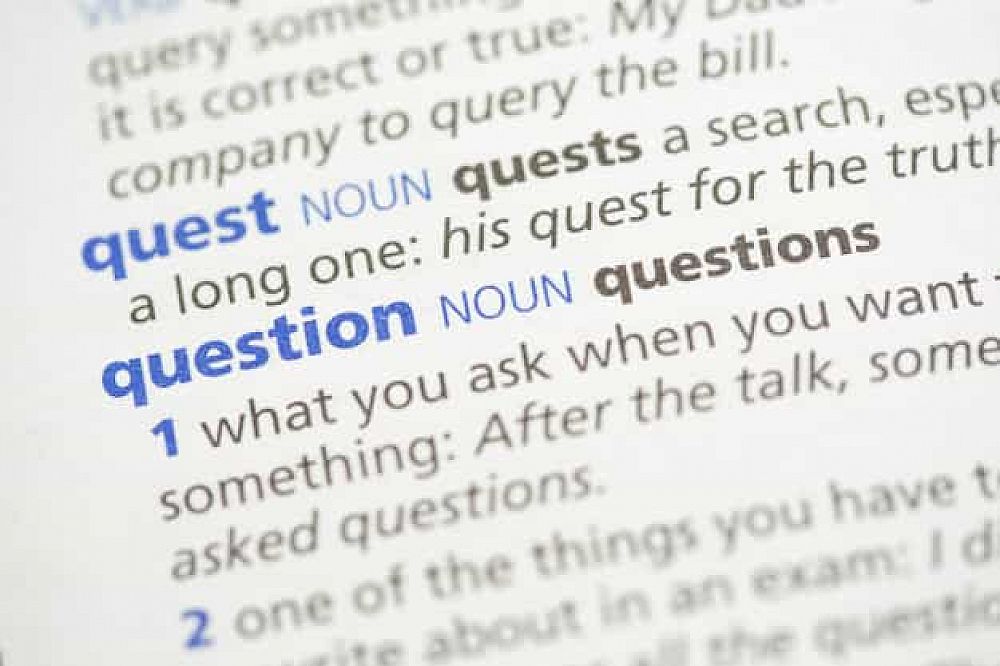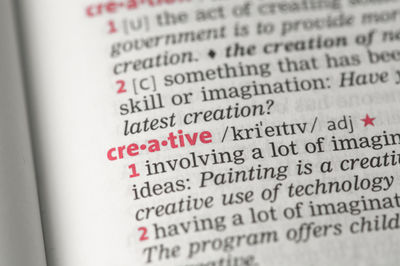The Ideal Tool for Pronunciation Training

Helping students improve their pronunciation can be challenging for teachers and students alike. For students, they may have a strong desire to sound fluent but might struggle in knowing what mistakes they make and how to correct them. For teachers, they may be aware of the mistakes but may lack tools to help students accurately and precisely correct them.
Table of Contents
Technologies and Pronunciation
Are you ready to teach English abroad?
This post was written by our TEFL certification graduate Kent L. Please note that this blog post might not necessarily represent the beliefs or opinions of ITTT.
Common Methods
Many of the common methods to help improve pronunciation have their own shortcomings. A pure listen and repeat approach does not offer sufficient feedback on how to properly correct errors. Even a teacher well acquainted with phonology might find it difficult to effectively give feedback in a classroom setting. There are some technologies available to assist with this process but not many of them are commonly used.
To help address this gap, we can begin by listing out what some best practices might look like related to supporting a student to correct their pronunciation. While it is true that students from particular contexts might make common mistakes, correcting pronunciation is more of an individual process. Once the student understands there is a mistake, there needs to be specific feedback on the identified mistakes and possible corrections that can be made. Ideally, this process of learning happens in a tight, closed feedback loop where analysis can be given almost instantaneously which would encourage successive repetitions.

Also Read: American English vs. British English: Do Students Need Both?
Feedback
The type of feedback is also important to consider. Since students might have different levels of understanding of how sounds are made and the anatomy of the organs it would take to produce sound, it would be helpful to have multiple methods to present the feedback. One type might be auditory feedback, allowing the student to hear their own recorded pronunciation compared to a standard. Another type might be visual feedback which can show the envelope of their spoken waveform over time compared to a standard. Another type could be more academic which could show the shape of the mouth and position of the tongue to produce certain sounds. All of this feedback can be provided to the student can gain an understanding of what to change to make incremental improvements.
Correcting Techniques
The process of improving pronunciation is possibly even more important since pronunciation is something which is rarely perfected on the first try. A good process to improve pronunciation would require a constant practice regimen to allow muscle memory to be formed. This would require much of the learning to happen on a daily basis, possibly outside the classroom. This process would also take into account the pronunciation of singular sounds as well as in context.

Also Read: Can non-native English speakkers take a TEFL course?
Technologies and Pronunciation
As far as technologies which can be used to support this learning process, there are already some developer tools. There are some commercial apps and software which can show how to correctly pronounce sounds. There are others which can record audio, compare it to a standard, and then provide a similarity score. The optimal tool would be something which combines all of these functions. It should be able to elicit a student to produce a sound or a word and record the speech. It should then process the speech (correct for length, amplitude, pitch, and background noise) so it can be compared to standard. These two waveforms can be displayed with important characteristics of the waveform highlighted. For each highlighted portion, specific recommendations can be provided to help the student know what to correct for next time. For successive attempts, a comparison can be made to show whether the changes the student made is getting their pronunciation closer or further away from the standard.

Also Read: The Main Problems Young English Learners Face In China
Are you ready to teach English abroad?
This tool can be introduced by a teacher and an explanation on how to use the tool can be given along with a recommended training schedule. The teacher can then make regular checks to see how things are improving for each individual student and providing additional support when necessary. In this way, pronunciation can be improved for each student while utilizing classroom time more efficiently.
Apply now & get certified to teach english abroad!
Speak with an ITTT advisor today to put together your personal plan for teaching English abroad.
Send us an email or call us toll-free at 1-800-490-0531 to speak with an ITTT advisor today.
Related Articles:
- The How-To Guide to Prepare for Your Teaching Job Abroad
- 7 Misconceptions about TEFL Uncovered
- Top Tips for Taking an Online TEFL Course
- Guide to Writing a TEFL Resume That Will Get You Hired
- Top Tips for Teaching English in Europe
- TEFL Breakdown - What Subjects Will Your TEFL Course Cover?



